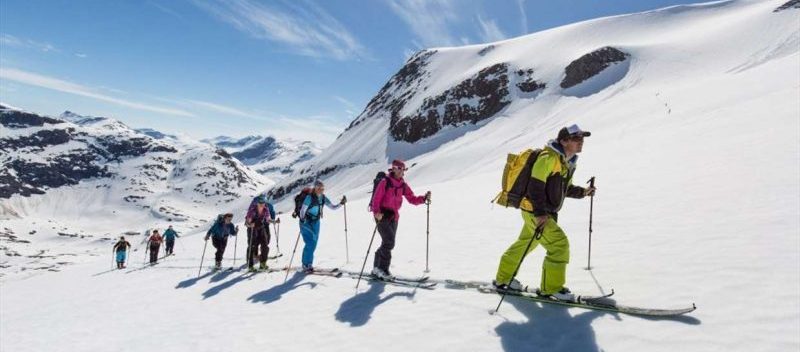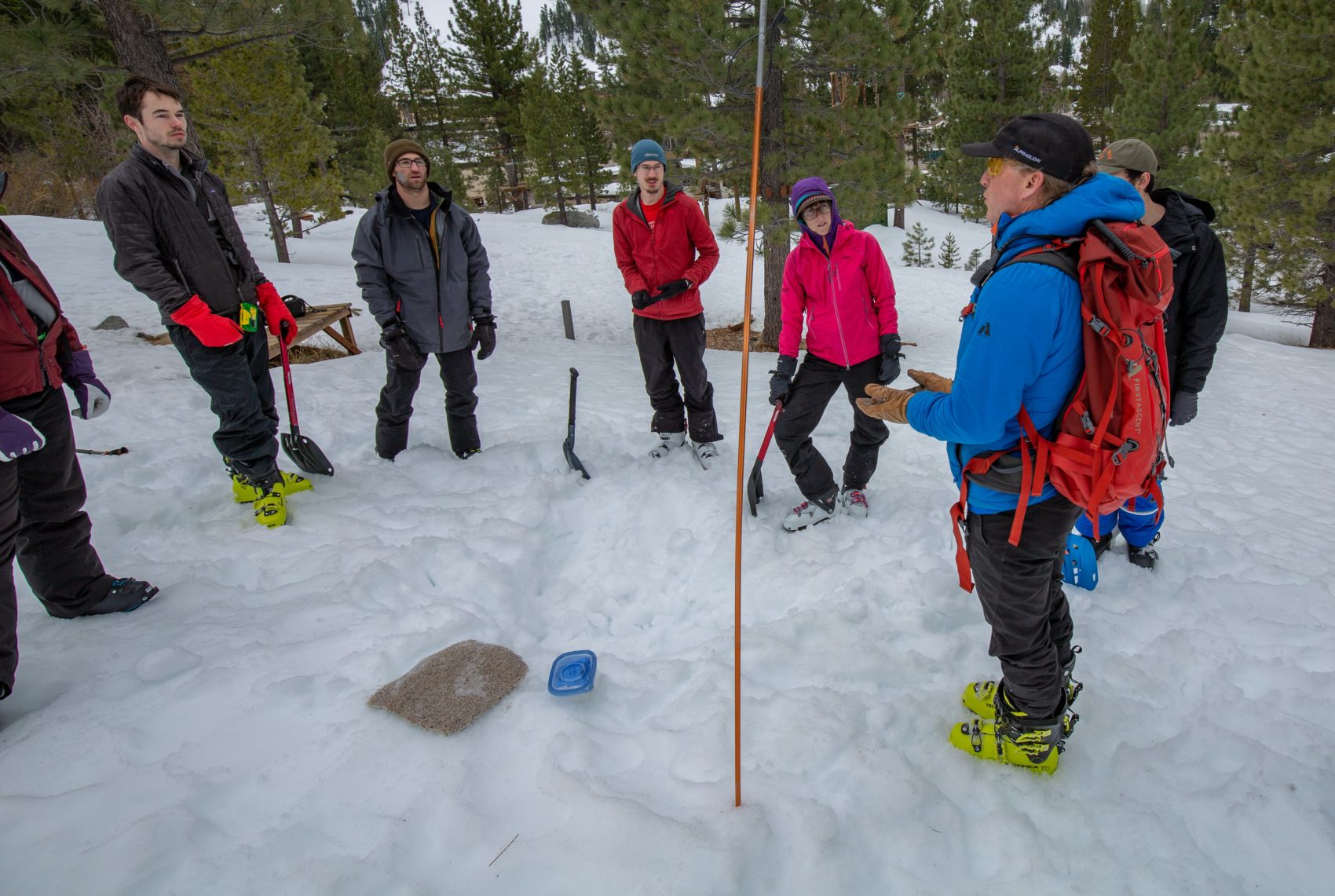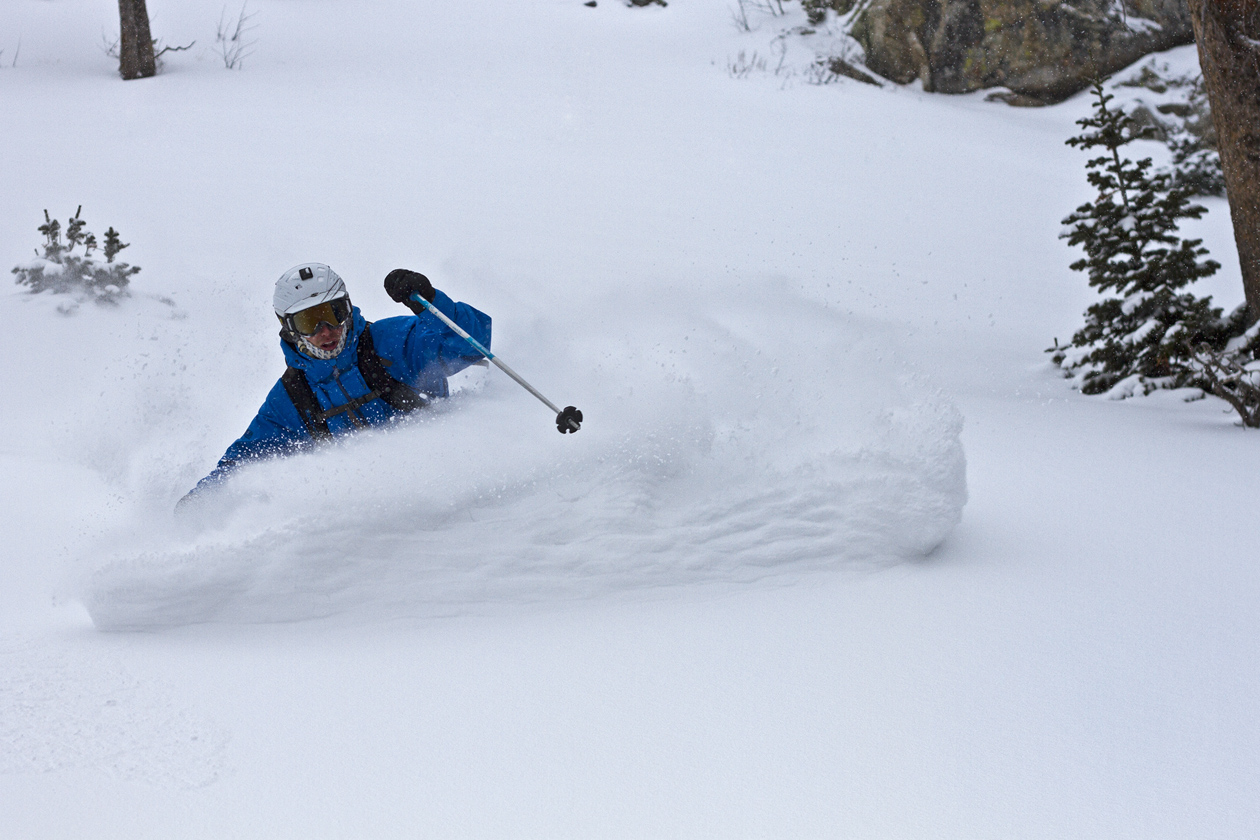
Brought to you by SCARPA
With ski resorts likely reducing capacity to ensure they’re complying with COVID guidelines, thousands are flocking to backcountry skiing. No lifts, no problem! The backcountry this year could be packed with beginner backcountry skiers, who don’t have the necessary safety skills to ensure not only their safety but also others’. The goal of this article is to educate novice backcountry skiers on the dangers of backcountry skiing and strategies of how to learn and mitigate them as much as possible.
When it comes to backcountry skiing, avalanches are the first danger that comes to mind. However, there are many more dangers in the backcountry that are not so obvious. It is far too hard to venture into the backcountry without knowing these dangers; it may mean the difference between life and death.
Obviously educating yourself on backcountry safety is important. Before the season starts is when novice skiers need to understand the dangers of the backcountry. It’s better to understand these dangers before an accident than too late. Arguably the best way to familiarize yourself with these dangers and learn strategies to mitigate said dangers is through an official AIARE course. The AIARE 1 course consists of 1.5 days in the classroom and 1.5 in the field. The classroom part is meant to educate you on the science and dangers of the backcountry, the section in the backcountry is meant to give you experience and the tools necessary to help you make educated and prudent decisions in the backcountry. You can find a list of upcoming AIARE courses here.

However, COVID makes traveling these days rather difficult, and an AIARE course may not be a viable option for everyone. In that case, one of the best substitutes for an AIARE course is Bruce Tremper’s book Staying Alive in Avalanche Terrain. This book is widely accepted as the leading text in all things avalanche. While this book does not rival an official AIARE course, it is a good way to familiarize yourself with the dangers of the backcountry (and strategies to mitigate those dangers). You can order a copy of Tremper’s book here.
At the end of the day, the name of the game is experience. Days in the backcountry is what is going to get you the most experience and teach you the most about how to stay safe. If you’re just starting in the backcountry, a great strategy to gain knowledge is with a guide. Guides can lead you to great snow, teach you about avalanche risk, and keep you safe all at a safe time. It’s a great way to learn and have fun.
Backcountry skiing is a super fun way to enjoy the mountains but must be done so safely. Have fun out there, and please stay safe!
